Different voices in the industry bring up points and markers on the long road to true inclusivity.
As the industry and the very phenomena itself of fashion face newer changes to keep up with the increasingly rapid turnovers of collections and trends—including ones that regress from our progress on body positivity—as well as a hopeful influx of designers of different ethnicities, sexual orientations, gender identities and expressions, and class backgrounds, Vogue Philippines asks different professionals in the industry whether it actually is the safe space many perceive it to be.
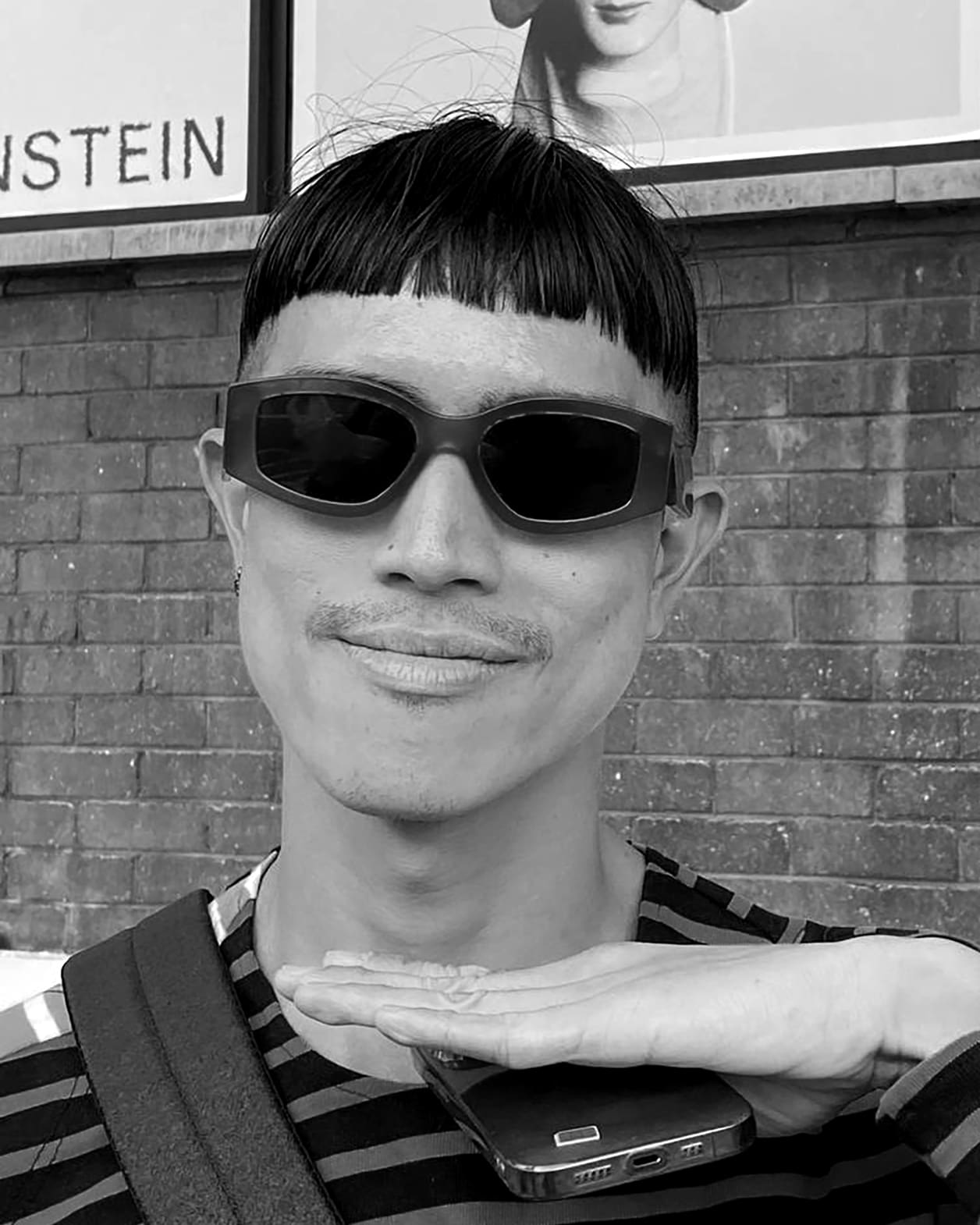
PAUL JATAYNA
Production Designer and co-founder of ELEPHANT Party
In my opinion, we seem to be heading towards a more inclusive industry same as the rest of the world. If there is any thought though that I can possibly contribute, let’s continue supporting independent labels by our LGBTQIA+ community. Based on how we do it at Elephant, queer-run (queer meaning the LGBTQIA+ umbrella) spaces know well how to run a safe space community because we can simply empathize being the marginalized. Thus, if we provide more financial access to our LGBTQIA+ by supporting them with their work, they’ll be able to harness a more genuine safe space for them to be themselves, create what they want, and thrive.
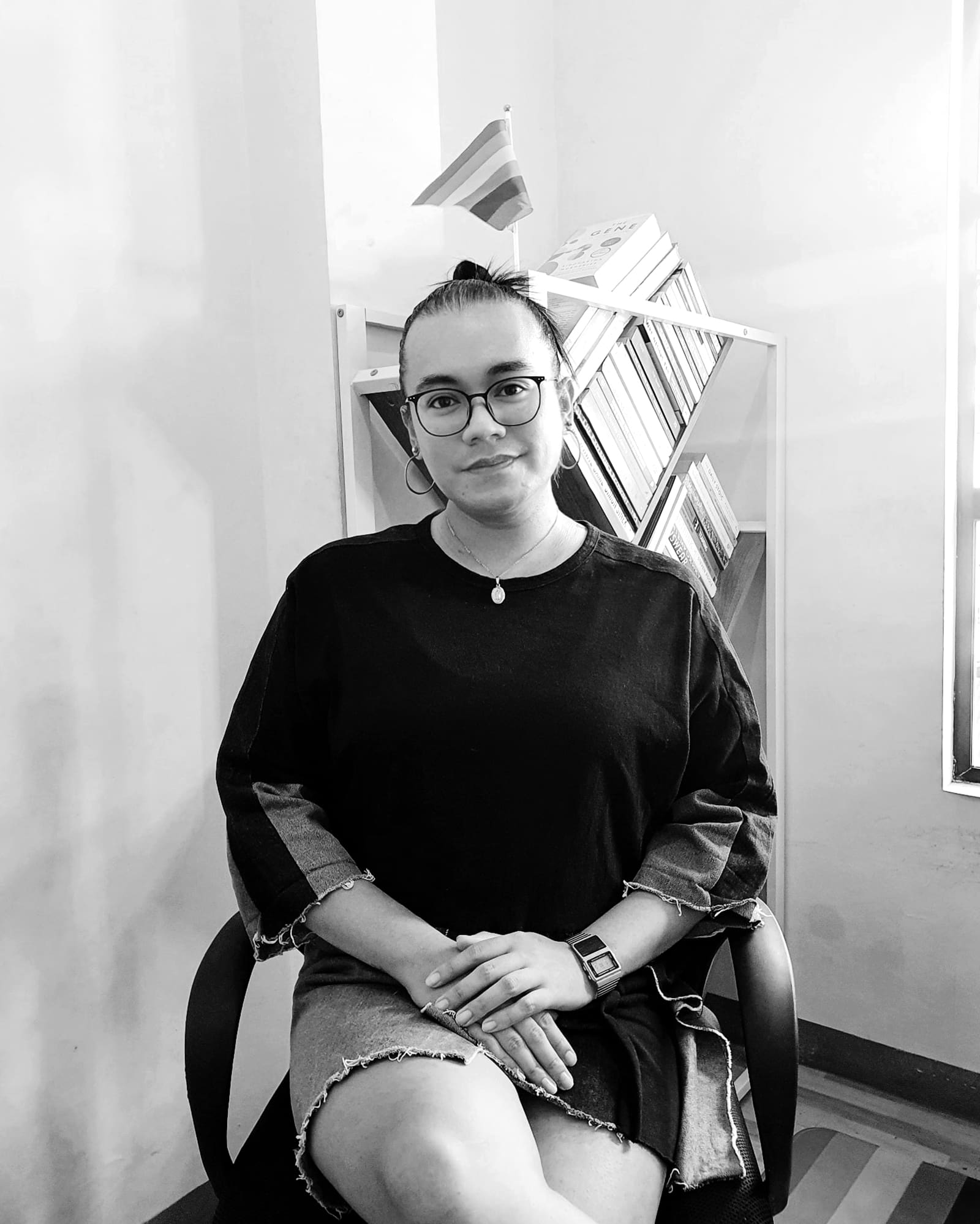
THYSZ ESTRADA
Writer and Advocate
I believe that as an industry, fashion has its foundations built on the innate queerness of the craft. Fashion has always been a force for innovation and some of the world’s greatest creative minds have been queer men and women who foresaw the multitude of possibilities of how we can express gender. In this sense, it was one of the first industries that was blind to gender and sexuality and rewarded people who had talent and vision. That said, because it operated under a patriarchal society it wasn’t free of the same standards that
encouraged exclusion in other industries. There is a constant push and pull of these forces–those that reject the status quo and defend the space, and those that maintain conformity and sexist practices of the past. Is it a safe space? Yes, to those who continue to uphold its foundations in queerness. No, to those who are stuck in the thick mud of conservatism.
The call to be truly inclusive not only in gender and sexuality but also in breaking the archaic standards for beauty, size, and ability continues in the new generation. But I have hope that fashion will constantly uncreate itself to defend its long tradition of innovation. Breaking the systems that hold other industries in chains and lead us to meaningful generational change.
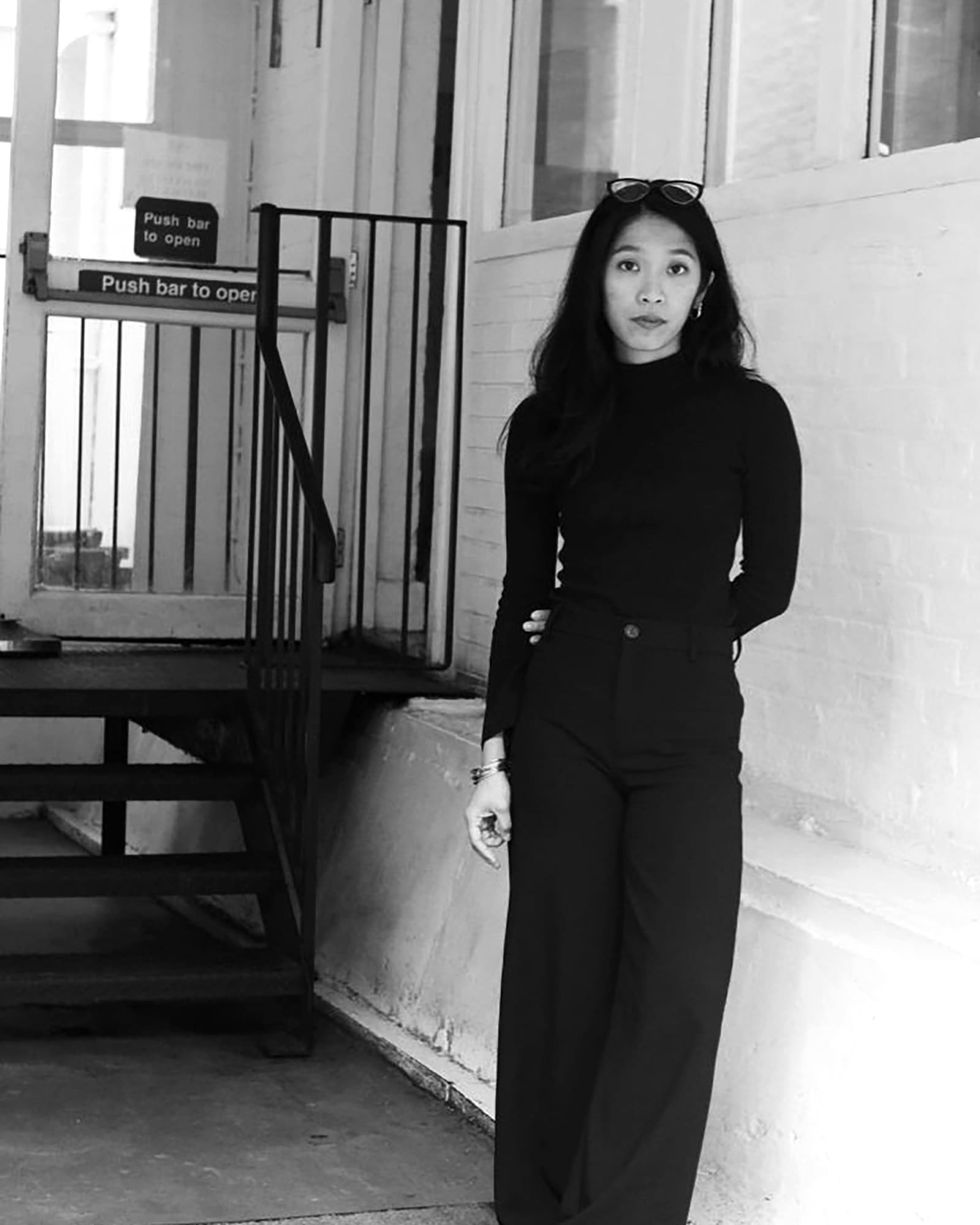
ESME PALAGANAS
Fashion Consultant/Educator
To be creative is to be vulnerable and open to both praise and criticism. When the fashion industry and its people only embrace the good and shut down the bad, that’s when the safe space dies. The two sides should be balanced. It’s such a nuanced question but if we’re talking about being creative as a designer Dal Chodha on Showstudio said it best: “It’s bad if no one’s criticizing you because it means that no one cares. It means that everybody was, yes, sure whatever.”
To be creative is to be open to criticism and I think more of that will make the industry a safer space. Rethinking our approach and openness to creativity and criticism, not just being creative for creativity’s sake.

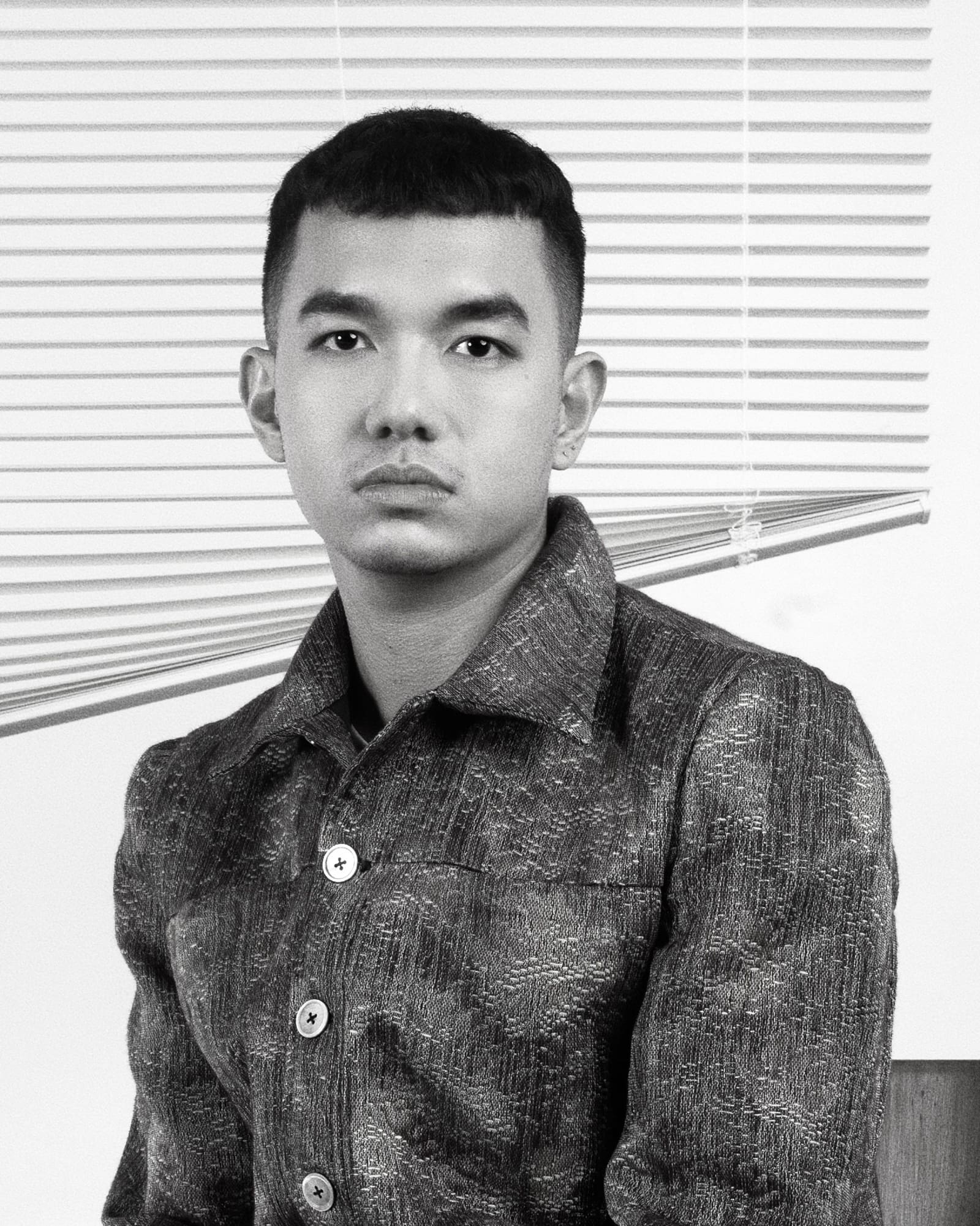
KELVIN MORALES
Designer
While the fashion industry has made progress in becoming more diverse and inclusive, it is not a 100 percent safe space. As an industry focused on visuals and aesthetics, it can be difficult for people who do not conform to traditional beauty standards to feel accepted or valued. Additionally, the pressure to conform to certain standards of perfection can lead to a toxic culture of critique and comparison. However, the diversity movements in recent years have played a critical role in challenging these norms and promoting inclusivity and acceptance in fashion.
By showcasing a wider range of body types, skin colors, gender identities, and cultural backgrounds, the fashion industry is beginning to recognize the value and beauty of diversity. This has helped to create a more open and accepting environment where people from all backgrounds can feel welcome and valued.
It is important to acknowledge that there is still much work to be done in creating a truly safe and inclusive space in fashion.

AUGUSTINE PAREDES
Photographer
I’m skeptical whenever fashion claims to be a safe space. I do know it is on a journey towards a more inclusive path, however it is not there yet. Fashion, like art, thrives on monumentalizing differences, at the risk of tokenization. Right now, fashion is still segmented, and not fully functioning without borders. Only recently bodies like ours are made visible both in fashion and art, our stories are put to the front. But also, visibility is different from representation.
In my commercial work as a fashion photographer, industry leaders are still sending briefs to shoot only certain types of people. PR execs only lend clothes to guests who fit the brand guide-lines. Photographers who have more IG following, or have white passports are favored and paid more. Fashion has a long way to go and it will take a lot of unlearning until it becomes a safe space.

ISAI ARANETA & AREN PE
Designers
As a brand [Fortune WWD] we do place a lot of value in fashion’s ability to be an avenue of self-expression, and ideally this means an all-encompassing, welcoming space.
I think you can also relate this with fashion’s ability to connect people with different perspectives, interests, subcultures, etc. As a brand, a lot of the work we’ve done now has taken inspiration from a lot of places. Even our designer Pau [Martinez] prefers working outside of the office because he [can see] how
regular people live in their clothes. We prefer thinking about the brand in this perspective; how it inserts itself into people’s lives as useful tools and not just items to throw away after a season. We’ve also always updated our clothes after releases since we always encourage people to tell us what we need to improve or what isn’t working with a certain piece of clothing. Thinking about fashion in this way really opens us up to the people we’re talking to since it’s not just a one way conversation; they are the ones wearing our clothes after all.
We’ve tried as much as possible to express our ideas in a way that can relate to different types of people. I think without this, without considering the things that are authentically formed in subcultures, it just doesn’t reach the depth we’ve seen from our friends and family who have supported the brand.

FLORESSE TRINIDAD
Stylist
It’s definitely more inclusive now than before […] I think that style is a form of self-expression and what I’m really seeing now is that there are a lot more people who are exploring more with their style and finding their “-core” [or niche]. The internet can really help you discover styles that you don’t normally see around. So, right now, I think mas nae-embrace na yung iba’t-ibang styles, evidently seen sa mga sumisikat na internet personality. [I think different styles are now being embraced, evidently seen with rising internet personalities.]
On TikTok, the famous creators have really varied cultural backgrounds and styles. Like, you don’t really have to be someone with a background in fashion or [to be] very influencer-material to be considered a style icon […]
In terms of our work in styling, it’s also part of our job to let the subject’s personality reflect on the clothes you’ll have them wear because as much as possible we want the person we’re styling to look as authentic as possible, but evolved. That’s why sometimes, we encourage them to step out of their comfort zone and try different styles but not in a way na pilit (sometimes you can really tell). Especially now, you can tell people are slowly becoming open to unique styles.
I really hope that more people start dressing up how they’d really like to and not be affected by what other people think […] This way, magiging mas inclusive na talaga. Exposure therapy lang yan! Life is too short! Ika nga ni RuPaul, we’re all born naked and the rest is drag!


JODINAND AGUILLON
Founder of vintage fashion outlet Glorious Dias
Fashion is most magical when it’s utilized to connect, or rebel […] always as a freedom of expression within inclusive spaces but sometimes fashion divides and gatekeeps. I love me a theme but detest so much of what dress codes can often represent here. Fashion is often my armor but it really shouldn’t have to be.

JUSTINE LLARENA
Model
The fashion industry is a safe space and inclusive of all genders and backgrounds. However, I think there’s [only] a certain extent to inclusivity and, being in the industry for four years, I’ve noticed that there is still some discrimination. And creatives who weren’t born with a silver spoon, or have connections, have to work extra hard compared to those who have.
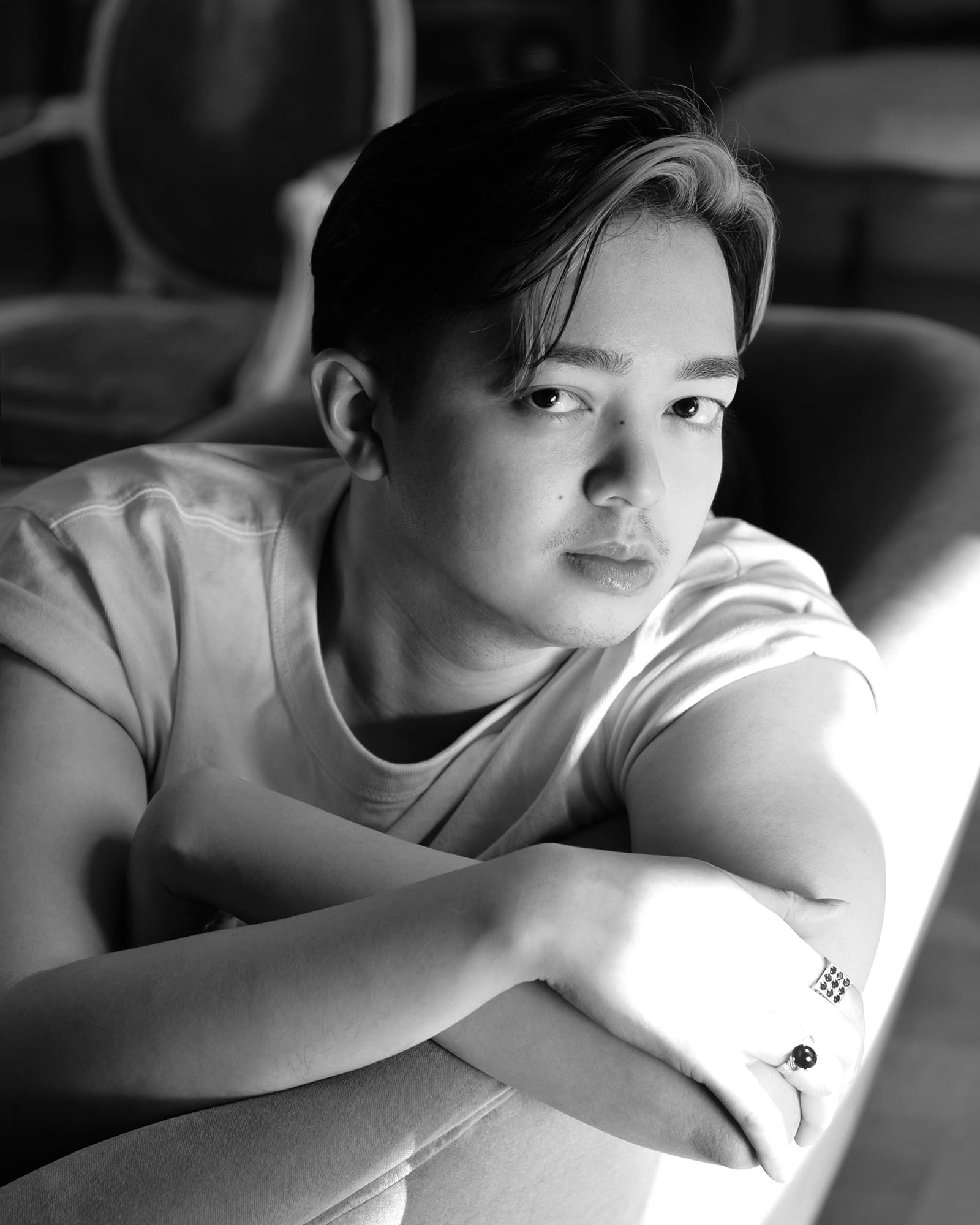
JUDE MACASINAG
Designer
On a positive note, fashion is more accepting of different identities no matter how different or unconventional some may be. It’s become common to casually accept people for the characters they want to be. Creating new or enhancing identities is one of the core factors of fashion anyways. In the fashion circle I surround myself with, which consists mainly of queer people, it’s natural for us to dress and act outlandish […] But the topic of inclusivity in fashion isn’t just about such identities. There’s a play of power in it too. It’s not uncommon to hear about creatives who have pulled some
strings to get into offices […] As a person of color who does not come from a family with the biggest means, where do I put myself in such an industry? It takes more than perseverance and sometimes luck to have people like me (more so for women, as well) to be included in the same spaces in which others can get into with just a snap of their fingers. In truth, and as taboo as it is to openly discuss it in such a platform, fashion is a game of politics. But we can do better to not make it so hard for others.
For me, inclusivity is accessibility. To remove the idea of fashion as something untouchable or difficult to be part of is to kill the industry. To be inclusive is to engage with people from different backgrounds, shapes, and identities. Access to good fashion education, as well as information on the social importance of fashion whether as physical clothing or image-making or marketing, is crucial. In terms of inclusivity, fashion’s getting there, but it’s still quite far from where it really needs to be.

ABDUL GAFFAR
Designer
I do believe that fashion is inclusive. It is one of the mediums where you can express yourself however you want to be seen or perceived. It can be a way to send a message out into the world or a way to practice your belief or tradition. Where I grew up [in Iligan City, Northern Mindanao], fashion is closely incorporated into our way of life, in our tradition and beliefs, and I am very grateful that we have such freedom in this country to wear different types of garments to practice our tradition, our faith. Through that, it makes our
community more inclusive and accepting I believe. It makes us more understanding and tolerant towards one another, by respecting and realizing that we have a very diverse community, people from different backgrounds, with different stories and I hope that we can all celebrate that.
This article was originally published on Vogue Philippines, June 2023 Issue.
